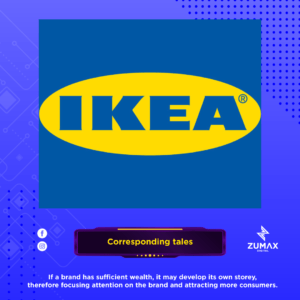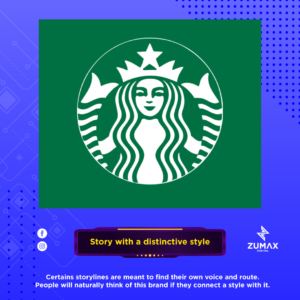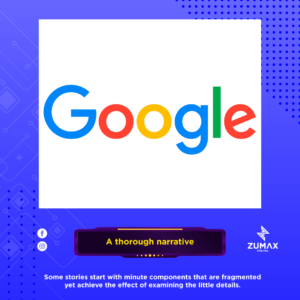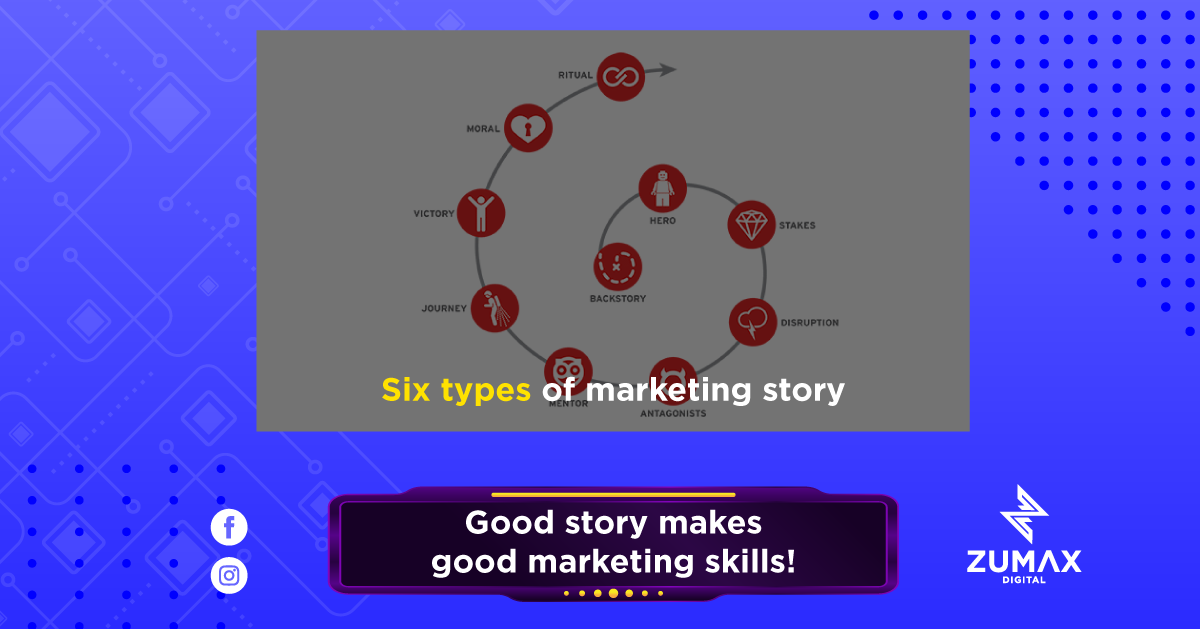Nobody enjoys listening to long speeches; it’s preferable to tell a brief anecdote. This has nothing to do with an individual’s IQ or social standing.
Mickey Mouse and Donald Duck were developed by Disney cartoons, transforming the notion of “mouse” into Mickey Mouse. The popular perception of “rats” does not imply that people like them. However, Mickey Mouse is an exception. Although it is a mouse, it has the ability to offer people joy and earn the affection and goodwill of the majority of people-Mickey Mouse establishes a brand.
Thus, what types of stories exist?
1. A story about entrepreneurship
When Alibaba went public, “Ma Yun’s business card” became a popular Internet meme. Prior to the formation of Alibaba, Jack Ma’s “name” was just the assistant business manager and head of the marketing department of an unnamed little firm in Hangzhou. When a firm succeeds, it appears as though individuals are more inclined to “gossip” about the period preceding the success.
A brand is created from the ground up, and the entrepreneurial process is frequently crucial in attaining a brand. The entrepreneur’s personality and the tale of the entrepreneurial phase may also have a role in determining the brand’s DNA. Luxury companies are unquestionably experts at selling entrepreneurial tales.

[EXAMPLE] ChanelCoco Chanel’s style
2. Histories of past events
Time is occasionally a component of brand equity. Only the best brands can endure the test of time. Water heaters are a challenging category to define in terms of “character.” Many individuals are familiar with the manufacturer of their water heater-Johnson, National, or Penasonic.
Back then, such an advertisement tagline was broadcast to thousands of households via television, but we simply recalled the advertisement slogan and had no idea about the brand.

[EXAMPLE] Patek Philippe “passed down through generations”
3. Informative stories
Certain brands may inquire: I am not a household name, nor do I have the illustrious heritage of Chanel or Patek Philippe. Is there no narrative to be told?
Old firms have their own methodologies, and new companies and new products can also have fascinating backstories, depending on how you approach them. A strong narrative is the equivalent of saving a lot of advertising money for a new company, and it may also help the brand stand out fast among similar items.

[EXAMPLE] Vijdani is particularly interested in “Farmer Stories.”
4. Corresponding tales
If a brand has sufficient wealth, it may develop its own storey, therefore focusing attention on the brand and attracting more consumers.
If not, you’re better off starting with “relevance,” tightly integrating brand identity and customer demands, strengthening two-way communication between the two, and achieving brand goals through connections.

[EXAMPLE] IKEA’s “Let’s Make Your Home Special “
5. Story with a distinctive style
Certains storylines are meant to find their own voice and route. People will naturally think of this brand if they connect a style with it.

[EXAMPLE] Starbucks adheres to the adage “Geography is Flavor.”
6. A thorough narrative
Small details may also be used to create large articles, and some articles begin with minute elements that are quite fragmented but accomplish the impact of viewing the small details. Others can sense your business image when they notice this detail.

[EXAMPLE] Google’s LOGO changed in a way that 99.9% of people did not notice.





